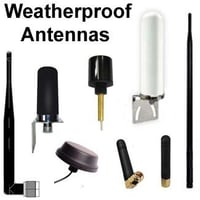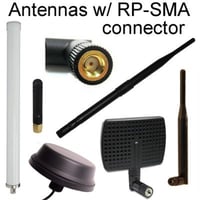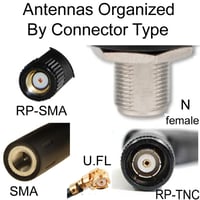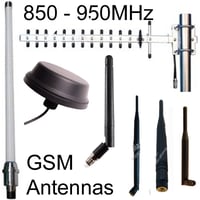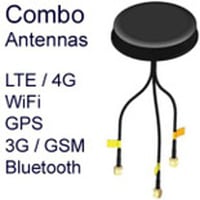L-Mounts & Brackets
L-Mounts & Mounting Brackets for Antennas
L-Mounts are L-shaped antenna mount brackets with bolting holes for fitting antennas, so that the antennas are vertical, and mounted at a right angle against a flat surface.
They can be independently used as wall mounts (using mounting screws and plastic pegs) or used with U-bolts as pole-mounts.
L-mounts and L-type mounting brackets are commonly used in antenna installations to secure and position antennas effectively. Here’s a brief overview of each:
L-Mounts
L-mounts are brackets that have an L-shaped design, allowing antennas to be mounted on vertical or horizontal surfaces, such as walls or poles. They provide flexibility in positioning the antenna for optimal signal reception and are typically made from sturdy materials like steel or aluminum.
L-Mounting Brackets
L-type mounting brackets are similar to L-mounts but are often designed for more specific applications or heavier-duty use. They provide robust support for larger antennas and can handle greater wind loads. These brackets are also commonly used in outdoor settings where the antenna needs to be elevated and securely fastened.
Key Features and Uses
- Versatility: L mounting brackets can be used in various configurations, making them suitable for different types of antennas, including directional, omni-directional, and satellite antennas.
- Material: They are usually made from durable materials like galvanized steel, aluminum, or stainless steel to withstand harsh weather conditions.
- Installation: These brackets can be easily installed using standard tools, and they often come with pre-drilled holes for screws or bolts.
- Adjustability: Some models offer adjustable angles to fine-tune the antenna's position for the best signal reception.
- Applications: Commonly used in residential, commercial, and industrial antenna installations, including TV antennas, Wi-Fi antennas, and communication antennas for various technologies.
Choosing the Right Mount
When selecting an L-mount or L mounting-bracket, consider the following factors:
- Antenna size and weight: Ensure the bracket can support the antenna's weight and size.
- Mounting surface: Choose a mount compatible with the surface you plan to install it on.
- Environmental conditions: Opt for materials that can resist corrosion and withstand the local weather conditions.
- Adjustability needs: If you need to adjust the antenna's direction frequently, look for mounts with adjustable features.

